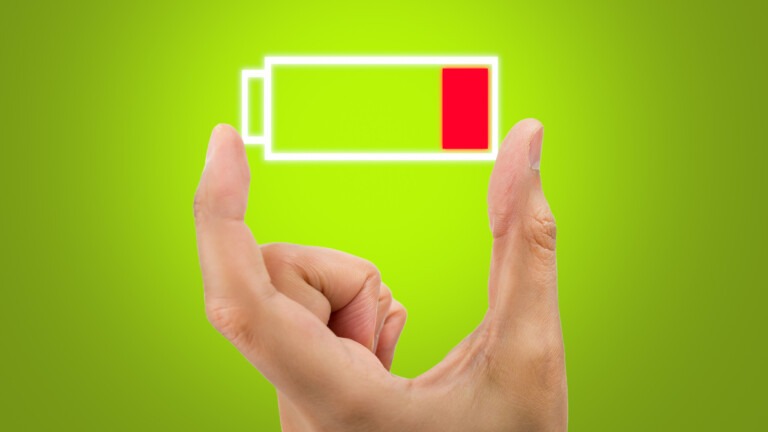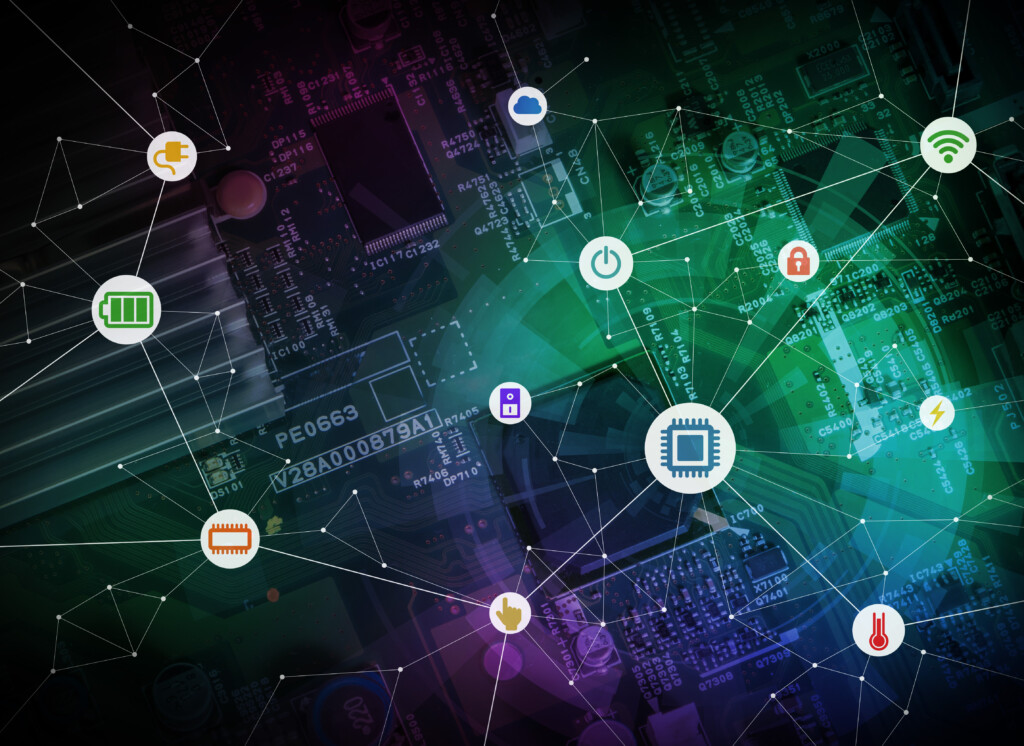Charging Toward Sustainability: Solutions to Reduce IoT Device Battery Waste

As IoT devices proliferate, so do the batteries that power them. The average lifespan of IoT device batteries can be anywhere from three to ten years. Based on that range, EnABLES, an EU-funded project looking at sustainability in IoT, estimates that by 2025, as many as 78 million batteries from IoT devices could be dumped every day across the globe.
IoT is growing so rapidly that this challenge needs to be addressed quickly and thoughtfully. The market size for IoT in smart cities, in particular, is expected to grow 19 percent between now and 2026.
What’s at stake? Well, when used batteries are not treated as e-waste, they end up in landfills and leach toxic materials into the soil. Sometimes, even the devices themselves have to be replaced entirely, resulting in additional e-waste.
TPMS sensors, which sit inside tires and monitor pressure, are an example of an IoT device with non-replaceable batteries. If a sensor dies, it will no longer transmit pressure readings to the driver. This could mean driving on underinflated tires and increases the risk of a blowout. These batteries typically last between 5 and 10 years, though that longevity can be greatly affected by difficult environmental conditions and wear and tear – and because the batteries cannot even be accessed when the device is serviced, the entire unit must be replaced.

Can Solar Power Help These Sustainability Efforts?
The effort to eschew batteries altogether has led developers to seek out alternative energy sources. Naturally, one of the first places they turned was to the natural world around them. Renewable energy remains an emerging science within IoT, and though wind and hydroelectric power sources have found their place in the world at large, it is solar power that is currently emerging as the most prominent green energy solution.
On average, the sun puts out about 1100 W/m of energy, which makes it an attractive option to power IoT devices. It’s no surprise, then, that modern photovoltaic solar arrays typically collect and output more power than other environmental harvesters. Though the sun’s position and inclement weather can present some challenges to this energy collection, developers have been experimenting with different fabrication methods and materials in an effort to increase their efficiency.
What’s Possible When IoT Sensors Harvest Energy?
Researchers around the globe are also looking at how to move beyond using green energy to simply recharge batteries. They want to create more sustainability in IoT by removing batteries entirely from the equation.
At the University of Essex, the Embedded and Intelligent Systems Laboratory is conducting research into energy harvesting wireless sensor networks, which draw power from natural environmental sources like the sun, water, vibrations, and wind. This would make it easier to place IoT sensors in remote or potentially dangerous locations.
The project will examine how AI can be used to review individual devices’ energy profiles. Data about how devices with harvesting capability are storing and using energy will be processed using machine learning. That will allow researchers to capture and analyze what types of energy works most efficiently to power IoT devices.
Sustainability is not the only consideration when it comes to battery life. Battery longevity is also an element of the essential total cost of ownership when deploying an IoT solution. Sustainable solutions may help lower that TCO. Energy harvesting, in particular, can ease power demand – and, therefore, cost – throughout the power chain supplying an IoT network.
Could 5G Help End Our Reliance On IoT Batteries?
A student at the University of Michigan is researching whether the advent of 5G opens up opportunities to get rid of IoT device batteries entirely. 5G base stations send out very powerful signals over short distances, and those signals carry a great deal of energy. Once those signals deliver critical data to a specific device, any leftover energy would have no applicable use. But if that energy can be harnessed properly, it opens up the option of wireless energy transfer.
So far this research has yielded a low-power, standard-compliant IoT wake-up receiver that consumes five times less power than any receiver developed to date. Though 4G continues to be the most common form of cellular IoT, 5G’s growth may open up opportunities for more developments like this one. Applications within smart cities, as well, may drive growth in investment in wireless power systems.

A Sustainability Solution From Soracom
As IoT devices transmit data, they also consume more power. Soracom’s Solutions Architects work closely with our clients to find ways to mitigate that power drain and keep IoT batteries healthier longer.
Soracom’s battery optimization solution is an example of how IoT infrastructure can also contribute to longer battery life. By leveraging low-power networks and efficient data transfer protocols, Soracom can help a device’s batteries last significantly longer. For example, WHILL, a personal mobility device company, was able to keep battery consumption on their devices down by changing routing settings, which resulted in a more than 30% reduction in power usage.
Batteries are a big piece of the puzzle when it comes to sustainability in IoT. As IoT devices flourish and proliferate, there will be great environmental benefit to reducing the number of and extending the lifespan of these batteries for maximum efficiency. This would not only create less toxic e-waste, it could ultimately provide a healthier, stronger IoT that is less reliant on draining resources and creating excessive pollution. That way, IoT devices can provide big benefits for data collection and productivity while having less of an impact on the Earth.
………….
Are you interested in learning how you can employ IoT in sustainability efforts? Check out our webinar entitled “How IoT is reshaping the Sustainability debate” to discover how smart devices are changing the way we approach solutions to the issues created by global climate change!



